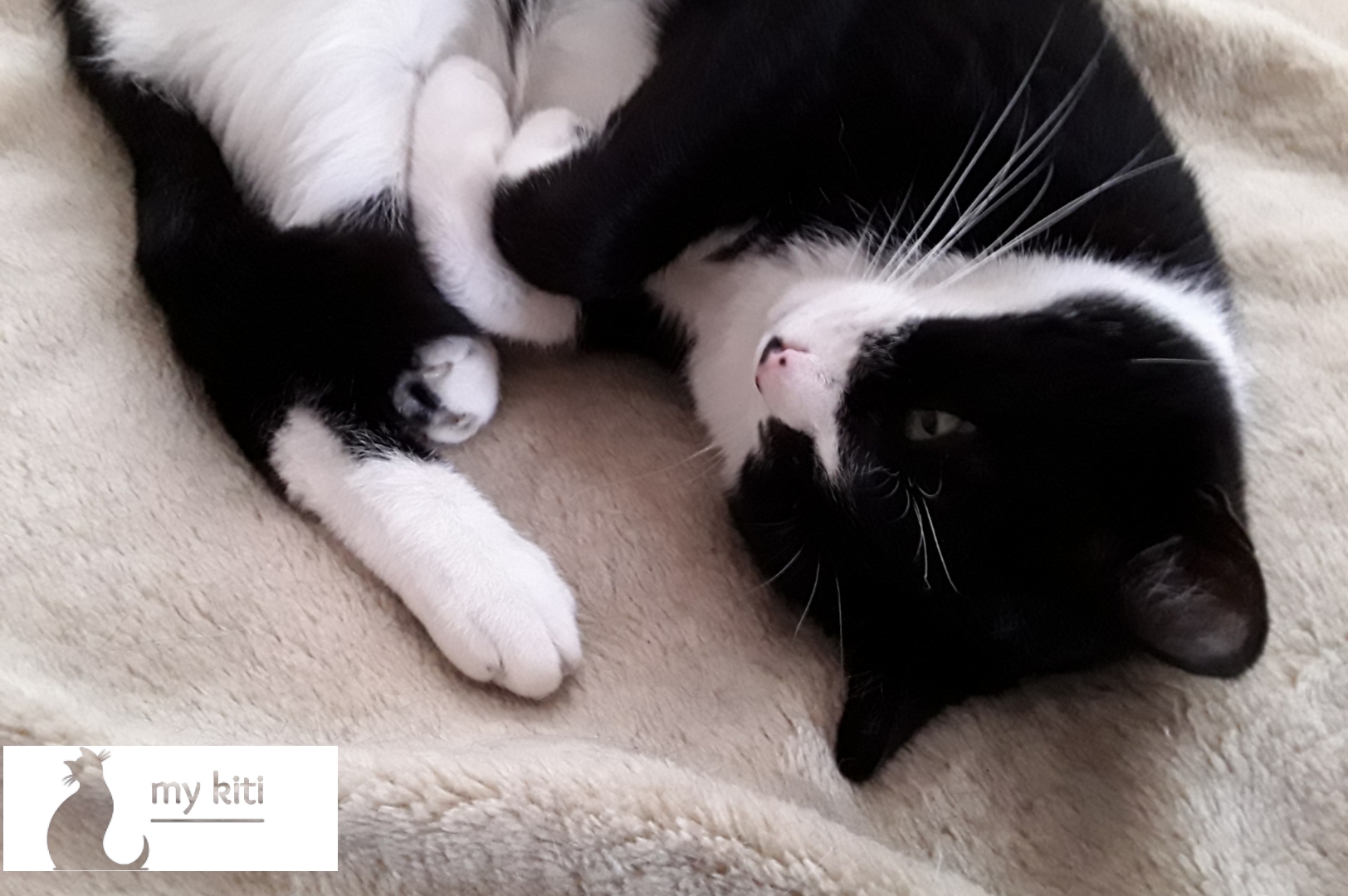Every so often, your otherwise fastidious cat will do an alarming and somewhat disgusting thing. She’ll awake from a peaceful nap, rise up on her paws, retch convulsively for a moment or two, and spit up what may appear at first glance to be a damp clump. What the animal has disgorged — in the middle of your kitchen floor or, worse yet, in the middle of your prized Persian rug — is a trichobezoar, a wad of undigested hair that is commonly referred to as a hairball.
Hairballs in cats are a bad things and undesirable for both of the health of the cats and for the cat breeders. Hairballs have a bad effect on the health of the digestive system in cats and can cause intestinal obstruction, which represents a serious health problem for your cat. With cats taking care of themselves, what can you do to minimize the hairballs?
Causes of hairballs in cats?
Hairballs are one of the disgusting things that affect cats, and the appearance of hairballs in cats develops as a result of the cats' excessive self-care routine constantly.
The mechanism of occurrence of hairballs
While cats care for themselves with their tongue, which contains small hook-like structures, these structures pick up loose and dead hairs from the fur, which are then swallowed. Most of this hair passes through the digestive system and is excreted without problems. But if some hairs remain in the stomach, it can form a hairball. Usually, your cat vomits a hairball to get rid of it. Because the hairballs pass through the narrow esophagus on their way out through the mouth, they often look thin and tube-like, rather than round.
The most common types of cats that are prone to hairballs are long-haired breeds, such as Persian long-haired cats and Maincons, as well as cats whose hair is falling out heavily are prone to hairballs, as well as cats that take care of themselves in an obsessive-compulsive manner. In addition, cats as they grow tend to naturally form hairballs due to the development of self-care as they age and become more skilled in caring for their body and thus become more efficient at removing fur hair from their coats with their tongues, which means more hairballs.
Symptoms of hairballs in cats
It can be upsetting to watch (and hear) your cat getting rid of its hairballs. Some common hairball symptoms include retching , vomiting , gagging , hacking. Usually, your cat will vomit hairballs in a relatively short time. On the other hand, if you notice other symptoms such as the following, be sure to contact your vet, as they may indicate that the hairballs have caused a potentially life-threatening bowel obstruction:
- Continuous vomiting or retching without producing hairballs
- lack of appetite
- lethargy
- Constipation
- Diarrhea
4 treatments for hairball problems
There is no radical solution to prevent the formation of hairballs in cats. But there are several preventative things you can do to reduce the chance or frequency of your cat developing hairballs.
first treatment
Regular constant care of your cat, to get rid of excess loose and dead hair from its fur. The more fur hairs you remove from your cat, the less fur hairs that will end up in the form of hairballs in its stomach. Brushing your cat on a daily basis is an effective way to reduce hairballs, and can also provide a fun way to bond with your cat. In the event that you acquire a cat that is not accustomed to combing and cleaning its fur by its breeder, it is preferable to cut its fur hair every six months at a cat care specialist
second treatment
Give your cat food designed for cats "specially formulated to prevent the formation of hairballs". As many pet food manufacturers are now making cat food trimmed to be hairballs. These high-fiber formulas are designed to improve the health of your cat's fur, reduce the amount of hair shedding, and facilitate the passage of cat hairballs through the digestive system.
third treatment
Use a hairball softener. There are a number of these different products on the market today, and most of them are mild laxatives that help hairballs pass through the digestive system.
Athrough laxatives may be effective in enabling passage of a stubborn hairball, but owners never to give their cats a laxative without the approval and supervision of a veterinarian. The same advice applies to the use of commercial diets that claim to be effective in preventing or relieving such an obstruction.
Fourth treatment
Do not encourage your cat to take excessive care of itself. If you suspect that your cat's hairballs are caused by compulsive care (a psychological imbalance) on herself, try training your cat to do another fun activity instead of licking her fur. This might include teaching them to play a new toy on their own or finding a fun game that you can play together.

Comments
Post a Comment